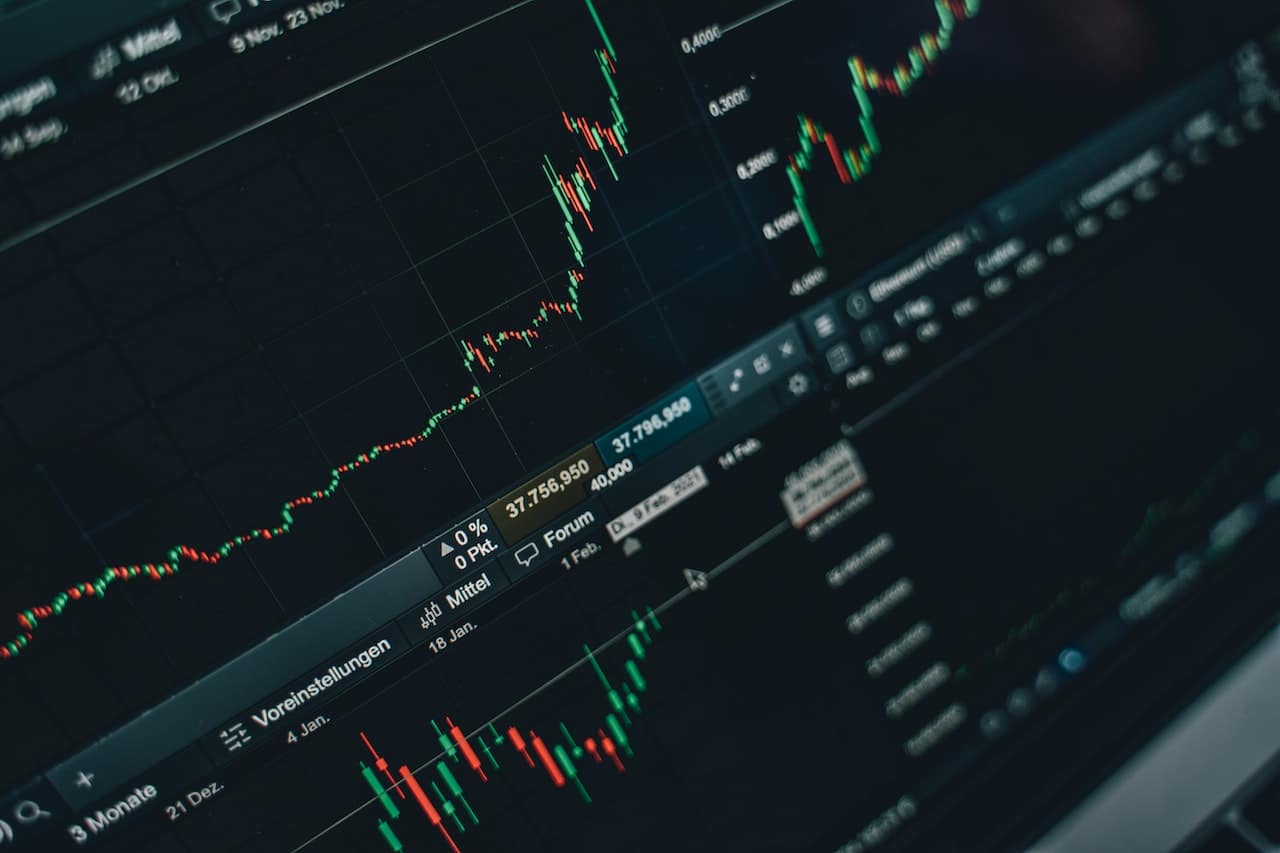The advent of decentralized finance (DeFi) has given rise to many novel financial concepts. Synthetic crypto assets, also known as Synths, are one of them.
Read on to learn about synthetic assets in crypto, including what they are, how they work, and what type of synthetic assets you can invest in.
What Are Synthetic Assets?
Synthetic assets are tokenized, blockchain-powered financial products mirroring the values and characteristics of real-world assets (RWAs).
Holding these assets doesn’t necessitate owning the underlying asset. While these have been a TradFi staple, they are relatively new in the decentralized finance ecosystem.
Crypto synthetic assets can have stocks, commodities, real estate, indices, and other types of assets as underlying assets.
How Do Synthetic Assets Work?
The principal idea behind synthetic assets is a contract that tracks the value of a specific asset. Therefore, the contract would pay the investor according to the latter’s performance. Let us look at a simple analogy to explain them.
Imagine a crypto investor wanting to invest in a commodity, say oil, but does not want to hold the physical product. To accomplish that, they would have to create a Synth to track the price of a barrel of oil.
The Synth is a digital token that tracks the movements in oil prices. Should the value of oil appreciate, then the investor will be in the green.
How Do You Create a Synthetic Crypto Asset?
Creating a Synth requires finding a platform that supports their development and trading. Common examples include Synthetic, Cream Finance, Marker DAO, and Mirror. Though the platforms may differ in their requirements and processes, the general steps of creating Synths remain the same.
- Select the underlying asset for which you want to create a synthetic version. This could be stocks, fiat currencies, commodities, or even other cryptocurrencies.
- Deposit the collateral, usually the platform’s or protocol’s native token. The collateral ensures that there are enough reserves to cater for contract payouts.
- Mint the synthetic assets using a smart contract that encodes the asset’s logic and more. The smart contract issues a token representing the synthetic assets, for example, sAAPL for synthetic Apple stock.
- Hold the synthetic crypto asset or trade it on a decentralized cryptocurrency exchange of your choice.
Types of Crypto Synthetic Assets
Crypto synthetic assets are as diverse as individual investor needs and purposes. Here are some common ones.
Synthetic Commodities
These Synths mirror the values of commodities such as gold, oil, and silver. An example is sXAU, a synthetic gold token from the Synthetix stable.
Synthetic Currencies
It’s also possible to create Synths that mimic fiat currencies like the US dollar, Euro, and Yen, among others. One example is the sUSD, a synthetic USD token by Synthetix.
Synthetic Stocks
These tokens track different stocks and stock indices worldwide. For instance, sTSLA is a synthetic token simulating the Tesla stock.
Leveraged and Inverse Tokens
Leveraged and Inverse Tokens work by either boosting or balancing out shifts in the underlying asset’s prices. The former increase profits and losses, while the latter profit when the asset gains. An example is Binance Leveraged Token BTC3L.
Yield-Bearing Synthetic Assets
These tokens earn investors returns by stacking or lending their holdings. An apt example is Compound Protocol’s cDAI token.
Benefits and Drawbacks of Crypto Synthetic Assets
As with any investment, crypto synthetic assets have advantages and disadvantages. Here are a few of each:
Pros
- Access to diversified markets: Synths allow investors access to a large selection of assets and markets that would normally be unavailable.
- Increased liquidity: Tokenizing assets and trading them on DEXs enhances their liquidity, which boosts the timely transfer of assets if needed.
- Fractional ownership: The tokenization of synthetic crypto assets supports owning fractions of assets so investors can participate in investments that would ordinarily cut them off.
- Spur innovation: Synths create new opportunities and possibilities in the digital assets realm. Users can experiment with novel ideas like synthetic NFTs, DAOs, and memes.
Cons
- Complexity: Investing in synths requires understanding intricate processes, including smart contracts, derivatives, oracles, and collateralization. This can hinder those not so well-versed in those areas from pursuing them.
- Regulatory uncertainty: There’s scant regulation regarding crypto synthetic assets, which creates uncertainties and compliance challenges, a put-off for some investors.
- Counterparty risks: Synthetic assets depend on the robustness of the smart contracts and platforms supporting them, which may be susceptible to hacking and other vulnerabilities.
- Dependence on decentralized platforms: The performance and stability of Synths depend on the DEXs they operate on. There’s the danger of experiencing congestion, high gas fees, and other network limitations.
Final Words
Crypto synthetic assets offer investors a flexible means of accessing a diverse range of assets within the crypto space. By bridging the gap between traditional financial instruments and the decentralized world of cryptocurrencies, synthetic crypto assets open new opportunities for market participants.
However, it remains crucial for investors to conduct thorough research, understand the associated risks, and opt for reliable platforms to mitigate potential drawbacks.




